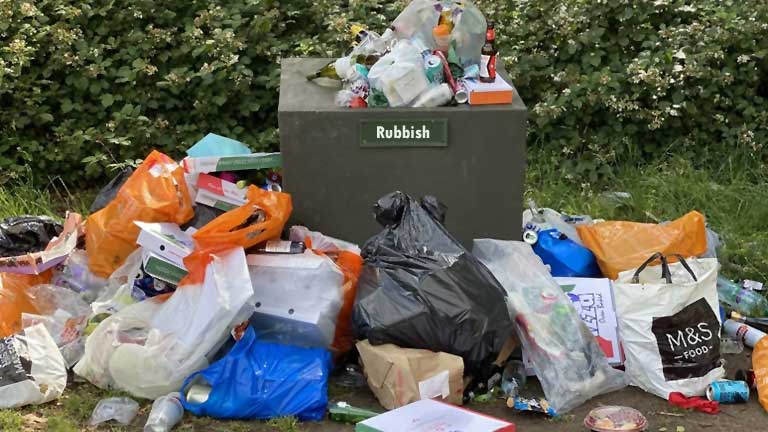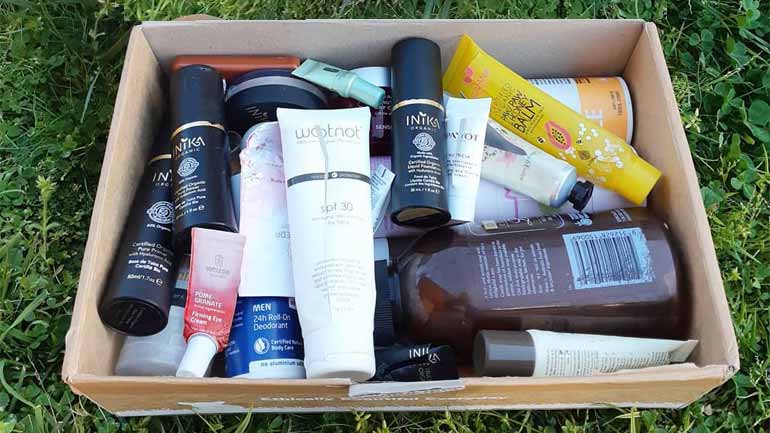
Removals companies across the world collect rubbish from homes and businesses daily. They are responsible for sorting and disposing of this waste according to local government regulations. Knowing what happens to rubbish after it is collected can help you to make better decisions about its waste management. The main purpose of removal is to remove unwanted items from a location. This includes anything from large furniture to small bits and pieces of rubbish.
Where Does Your Garbage Go After It Is Collected?
When you put your garbage in the garbage can, you might not think about where it goes once it’s collected. But according to the Environmental Protection Agency, all the garbage goes through a complicated process to ensure it doesn’t hurt the environment.
First, the garbage is chopped up into small pieces. This is so that it can break down faster and release fewer smells.
Then, the garbage is put into large containers called “bins.” Each garbage bin can hold about 3 tons of trash.
Finally, the garbage is taken to a landfill or “dump,” where it will be buried underground.
What happens to rubbish after removals collect it?
Once the truck has collected all the rubbish, it will take it to a local landfill or recycling center. Disposing rubbish can be very complicated and requires attention to detail. However, everything must be done properly for the removal company to ensure compliance with health and safety regulations.
There are some steps which we discussed in detail which helps you to understand about rubbish removal. Garbage is divided into three categories in contemporary garbage dumps:
- Municipal solid waste.
- Building Waste or demolition waste.
- White goods.
While some biodegradable materials are diverted to recycling facilities, certain categories of waste are disposed of separately.
Heavy and big equipment is used to dispose of the rubbish in landfills and condense it into a pile. A layer of soil is added, then a second pile is added after the first pile has reached the required height.
Rubber lines the bottom of the trash heap to protect groundwater from contamination. A system of pipes is also used to collect and treat this groundwater.
Gas wells are also bored into the garbage heap to capture the methane generated in dumps. This methane is beneficially used in heaters and generators.
The garbage system functions quite well in theory. However, it is not always possible to entirely prevent methane accumulation or groundwater contamination. Additionally, these systems require a certain amount of money to operate efficiently.
Conclusion
By understanding the rubbish removal process, you can make better decisions about managing your waste. Knowledge of rubbish or garbage removal can also help reduce the amount of waste produced in your business. Also, it is advised to put the trash in the respective trash boxes.




